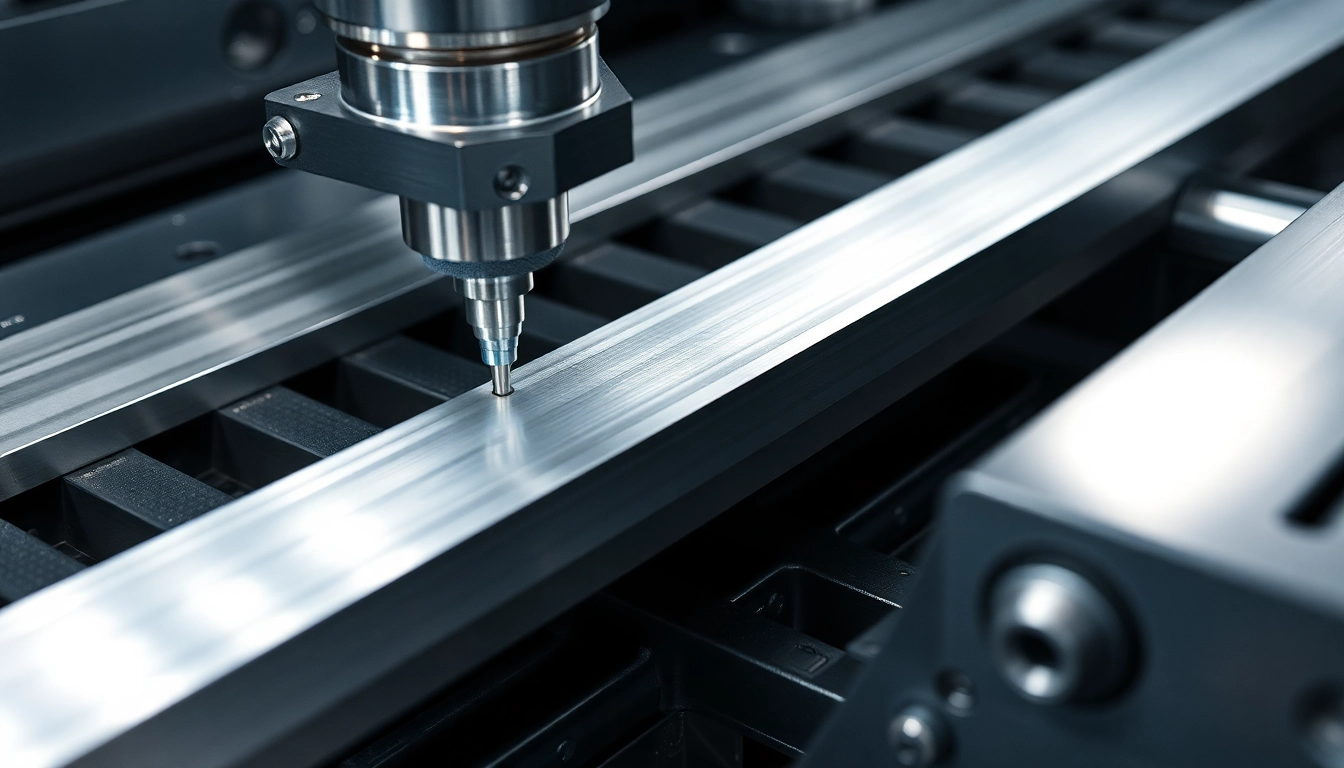Understanding Crypto Mining Machines: How They Work
Basics of crypto mining hardware
Crypto mining hardware refers to specialized computer equipment designed specifically to validate transactions and add new blocks to a blockchain. Unlike typical consumer computers, mining hardware is optimized for the intense computations required in blockchain verification processes. These devices perform cryptographic calculations at high speed to solve complex mathematical puzzles, which is essential for maintaining blockchain integrity and security. The core purpose is to ensure that miners who verify transactions are rewarded with cryptocurrencies, most notably Bitcoin, in a process called Proof of Work (PoW).
The evolution of crypto mining hardware has been driven by necessity—each iteration aiming for higher hash rates and energy efficiency while reducing operational costs. Initially, individual miners used CPUs, but these proved insufficient as the difficulty of mining increased. GPUs entered the scene, offering significantly higher parallel processing capabilities, making them suitable for mining multiple cryptocurrencies. Over time, the demand for even greater efficiency and power led to the development of application-specific integrated circuits (ASICs), which are tailored specifically for mining cryptocurrencies like Bitcoin.
Different types of mining machines (ASIC, GPU, CPU)
The primary categories of crypto mining machines are CPUs, GPUs, and ASICs, each with unique features aligned with their intended use cases and performance levels.
- Central Processing Units (CPUs): These are the general-purpose processors found in standard computers. Historically, CPUs were the first hardware used in crypto mining. However, their low hash rate and high energy consumption make them obsolete for most mining operations today, especially for popular coins like Bitcoin.
- Graphics Processing Units (GPUs): Originally designed for rendering images and videos, GPUs excel in parallel processing tasks. They became popular for mining altcoins like Ethereum, where algorithms such as Ethash are GPU-friendly. Their versatility, high hash rate, and relative affordability have made them a staple for smaller-scale miners, especially those starting in crypto mining.
- Application-Specific Integrated Circuits (ASICs): These are chips built solely for the purpose of mining a specific cryptocurrency. ASICs dramatically outperform CPUs and GPUs in terms of hash rate and energy efficiency. Today, ASICs are the dominant hardware for Bitcoin mining due to their superior performance and operational longevity. Examples include models like Bitmain Antminer S19 Pro and MicroBT WhatsMiner M60S+.
Key features that influence mining performance
When evaluating a crypto mining machine, several features determine its effectiveness and profitability:
- Hash rate: Measured in terahashes per second (TH/s) or petahashes per second (PH/s), hash rate indicates how many cryptographic calculations the hardware can perform per second. A higher hash rate generally translates to a higher probability of successfully mining blocks.
- Energy efficiency: This is crucial for profitability. Devices with better watts per TH/s consume less electricity, reducing operating costs. This is especially important in regions with high electricity rates.
- Operational lifespan and durability: Reliable hardware with longer operational life minimizes downtime and maintenance costs, ensuring steady income over time.
- Cost: The initial investment varies widely among hardware types and models. High-performance ASICs can cost thousands of dollars, but they offer higher profitability, especially when combined with optimal electricity costs.
Selecting hardware with a balanced combination of these features tailored to specific operational goals is vital for maximizing returns.
Choosing the Right Crypto Mining Machine for Your Needs
Factors to consider: hash rate, energy efficiency, cost
Deciding on suitable mining hardware involves careful analysis of multiple factors:
- Hash rate: Candidates should match or exceed average network difficulty to compete effectively.
- Energy efficiency: Lower power consumption per unit of hash rate translates into higher profitability, especially when electricity costs are high.
- Cost: Budget constraints influence hardware selection. While high-end ASICs offer superior performance, they require significant upfront investment, which may not be feasible for small-scale miners.
It’s essential to weigh these elements against planned operational scale and budget to ensure an optimal hardware choice.
Top models available in 2025
The year 2025 has introduced a new wave of powerful and efficient mining hardware. Below are some leading models:
- Bitmain Antminer S21 Pro – Boasts a hashrate of approximately 210 TH/s with energy efficiency at around 23 J/TH, offering top-tier performance for large operations.
- MicroBT WhatsMiner M60S+ – Provides a hashrate of about 200 TH/s with exceptional energy efficiency, designed for stable and sustained mining.
- Bitmain Antminer S19j Pro – Delivers approximately 100 TH/s with a power draw of 3250W, balancing cost and efficiency effectively.
These models exemplify the technological advancements in hardware, offering improved hash rates and reduced energy costs, crucial for competitive mining.
Balancing upfront investment versus long-term profitability
One of the most strategic decisions in crypto mining is weighing initial investment costs against expected long-term profits. High-performance ASICs often require significant capital but provide greater hashing power and efficiency, leading to higher yield potential. Conversely, lower-cost hardware might generate smaller returns and be more susceptible to technological obsolescence.
To strike an optimal balance:
- Assess your current capital and operational budget.
- Calculate potential profitability using mining calculators, factoring in electricity costs, hardware efficiency, and network difficulty.
- Evaluate the hardware’s expected lifespan and upgrade paths.
- Consider resale value or secondary markets for hardware if your mining goals evolve.
Carefully planning your investment ensures sustainable operations with maximized returns, especially as hardware technology continues to evolve rapidly.
Setting Up Your Crypto Mining Operation
Optimal location and power setup
The success of a mining operation heavily depends on choosing an optimal physical location. Factors include temperature control, electrical infrastructure, and security.
- Location: Near renewable, low-cost electricity sources is ideal. Areas with stable power grids and cooler climates help maintain hardware performance and reduce cooling costs.
- Power infrastructure: Ensuring your location can handle the electrical load is crucial. High-capacity circuits with surge protection and backup generators can prevent costly downtime.
- Cooling: Proper ventilation and cooling systems prolong hardware lifespan and improve efficiency. Consider ambient cooling or dedicated HVAC systems in hot climates.
Strategically positioning your equipment minimizes operational costs and maximizes uptime.
Hardware installation and maintenance tips
Once the site is prepared, installing and maintaining hardware is key to sustained profitability:
- Installation: Follow manufacturer guidelines meticulously. Use proper cabling, secure hardware to prevent physical damage, and ensure consistent ventilation.
- Regular maintenance: Keep firmware updated, monitor temperature and performance metrics, and clean dust buildup to prevent overheating.
- Monitoring: Implement remote monitoring tools for real-time performance insights, enabling quick troubleshooting and optimization.
Proactive maintenance reduces hardware failures, ensuring consistent mining output.
Ensuring safety and regulatory compliance
Safety measures are vital for protecting personnel and equipment. Proper grounding, fire prevention systems, and compliance with local electrical codes are mandatory.
- Install fire suppression systems appropriate for electrical fires.
- Secure wiring and avoid overloaded circuits.
- Obtain necessary permits and adhere to environmental regulations, including noise and emissions standards.
Compliance not only prevents legal issues but also promotes sustainable and responsible mining practices.
Maximizing Returns with Effective Mining Strategies
Using mining calculators and profit estimators
Accurate financial planning begins with reliable tools. Mining calculators, such as the ones available on crypto mining machine platforms, allow you to input variables like hardware hash rate, electricity costs, pool fees, and blockchain difficulty to forecast potential earnings.
These tools help evaluate different hardware options, optimize operation scale, and schedule hardware upgrades.
Joining mining pools for increased stability
Solo mining can be highly unpredictable, especially for smaller operations. Mining pools aggregate the computational power of multiple miners, increasing the probability of earning rewards consistently. Participants typically share earnings proportionally to their contributed hash power.
Selecting a reputable pool with low fees, solid payout history, and transparent policies enhances stability and profitability. Some popular pools include F2Pool, Antpool, and Ethermine, depending on the cryptocurrency mined.
Monitoring hardware performance and adjusting to market trends
Continuous monitoring is critical for ensuring peak performance. Use specialized software to track temperature, hash rate, and power consumption. Automation can enable dynamic adjustments—such as undervolting, reconfiguring hardware, or switching mining algorithms—to adapt to market variations.
Staying informed about blockchain network difficulty, cryptocurrency prices, and technology developments helps refine your mining strategy, ensuring long-term profitability.
Future Trends and Innovations in Crypto Mining Machines
Emerging technologies enhancing efficiency
The development of next-generation chips, such as 3nm ASICs, promises increased hash rates and lower power consumption. Integration of integrated AI algorithms for real-time optimization continues to improve hardware performance.
Innovations like programmable mining chips allow updates to algorithms, providing flexibility and extending hardware relevancy.
Environmental impact and green mining solutions
Recognizing the environmental concerns caused by high energy consumption, the industry is shifting toward renewable energy sources and green technologies. Solar, hydro, and wind power are increasingly integrated into mining operations to reduce carbon footprint.
Additionally, development of low-power hardware and more efficient cooling methods aim to make mining more environmentally sustainable.
Predictions for hardware development in upcoming years
Expect to see a move toward more versatile and adaptive hardware capable of supporting multiple cryptocurrencies and dynamically adjusting parameters. Further miniaturization and modular designs will allow easier upgrades.
Blockchain projects emphasizing proof of stake (PoS) and other consensus mechanisms may also influence hardware design, shifting focus toward energy-efficient validation solutions.


